Click on a project below to learn more.
 Grid Software Defined Radio Testbed
Grid Software Defined Radio Testbed Medical Cyberphysical Systems
Medical Cyberphysical Systems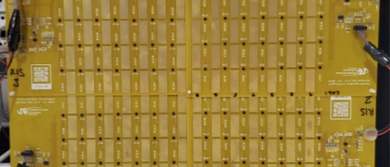 Reconfigurable Intelligent Surfaces
Reconfigurable Intelligent Surfaces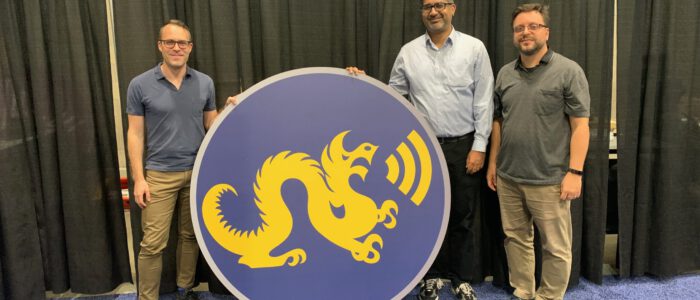 DARPA Spectrum Collaboration Challenge
DARPA Spectrum Collaboration Challenge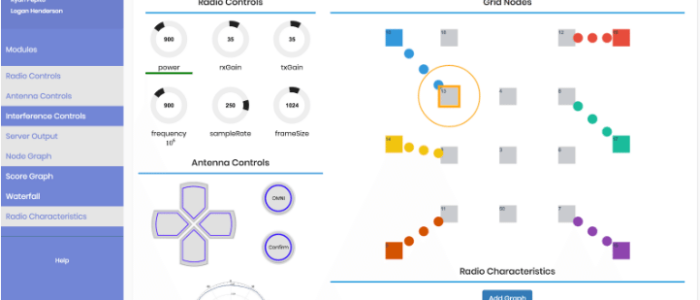 Radio Wars for Wireless Visualization and Education
Radio Wars for Wireless Visualization and Education Millimeter Wave Antenna Design
Millimeter Wave Antenna Design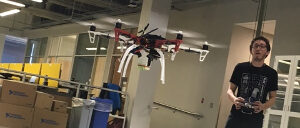 Unmanned Aerial Vehicles
Unmanned Aerial Vehicles Reconfigurable Antennas
Reconfigurable Antennas Functional Fabrics for the Internet of Things
Functional Fabrics for the Internet of Things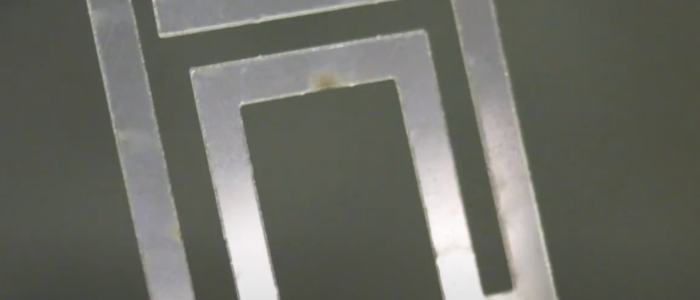 MXene and Non-Traditional Material Antennas
MXene and Non-Traditional Material Antennas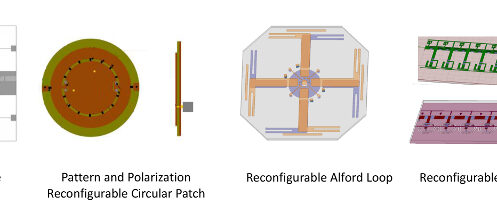 New Antenna Technologies for Interference Alignment and Multi-User MIMO
New Antenna Technologies for Interference Alignment and Multi-User MIMO Free Space Optical Communication
Free Space Optical Communication Ultrasonic Through-Metal Communication
Ultrasonic Through-Metal Communication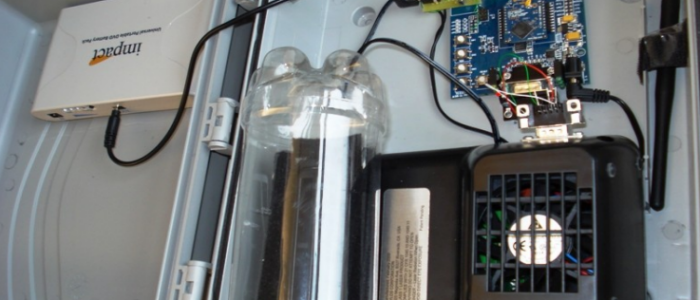 Sensor Networks for Homeland Security and Environmental Sensing
Sensor Networks for Homeland Security and Environmental Sensing Smart Antenna and MIMO System Characterization
Smart Antenna and MIMO System Characterization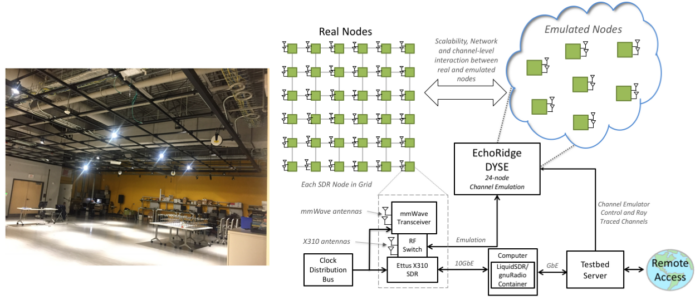 mmWave SDR Testbed
mmWave SDR Testbed